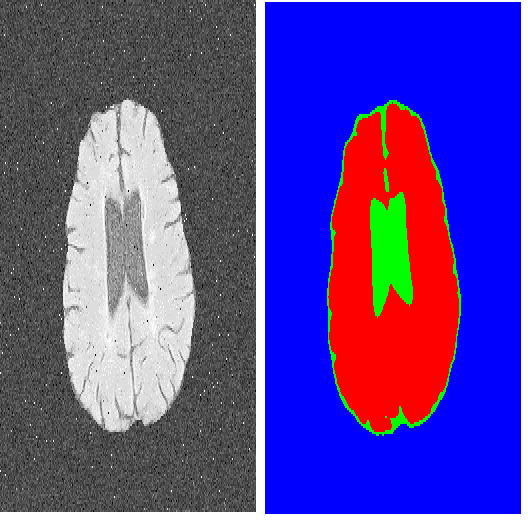Recent advances in appearance-based models have shown improved eye tracking performance in difficult scenarios like occlusion due to eyelashes, eyelids or camera placement, and environmental reflections on the cornea and glasses. The key reason for the improvement is the accurate and robust identification of eye parts (pupil, iris, and sclera regions). The improved accuracy often comes at the cost of labeling an enormous dataset, which is complex and time-consuming. This work presents two semi-supervised learning frameworks to identify eye-parts by taking advantage of unlabeled images where labeled datasets are scarce. With these frameworks, leveraging the domain-specific augmentation and novel spatially varying transformations for image segmentation, we show improved performance on various test cases. For instance, for a model trained on just 48 labeled images, these frameworks achieved an improvement of 0.38% and 0.65% in segmentation performance over the baseline model, which is trained only with the labeled dataset.
翻译:以外观为基础的模型最近的进展显示,在眼睫、眼皮或相机布置以及角膜和眼镜的环境反射等困难情况下,眼部跟踪的性能有所改善。 改进的主要原因是准确和有力地识别眼部部分(学生、iris和sclera区域)。 精确度的提高往往以标签一个庞大的数据集为代价,该数据集既复杂又费时。 这项工作提供了两个半监督的学习框架,以便利用标签数据集稀少的未贴标签图像来识别眼部。 有了这些框架,我们利用特定域的扩增和新的空间变异的图像分化功能,我们展示了各种测试案例的性能。 例如,对于只受过48个标签图像培训的模型来说,这些框架在基线模型的分化性能方面实现了0.38%和0.65%的改进,而该模型仅受过标签数据集的培训。



